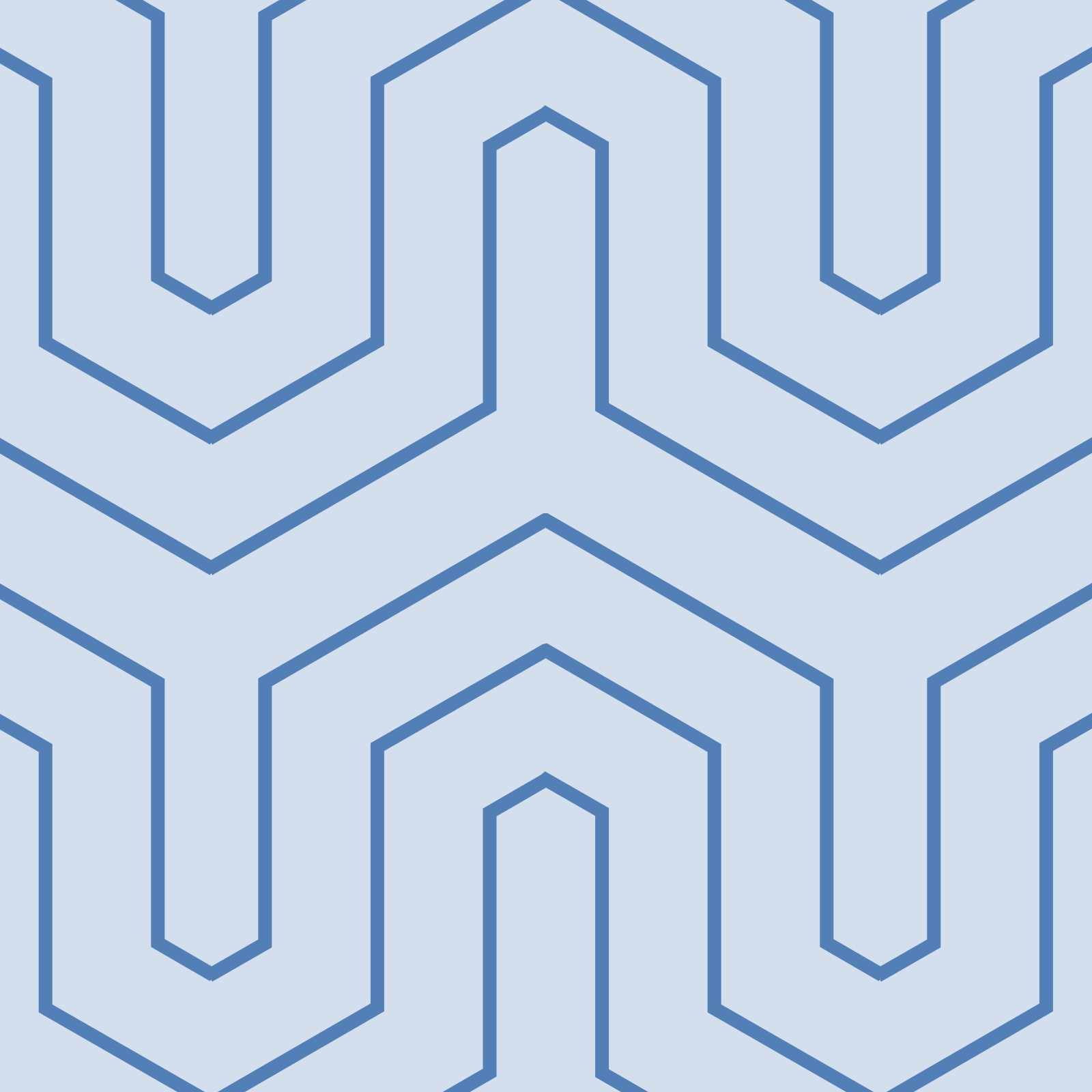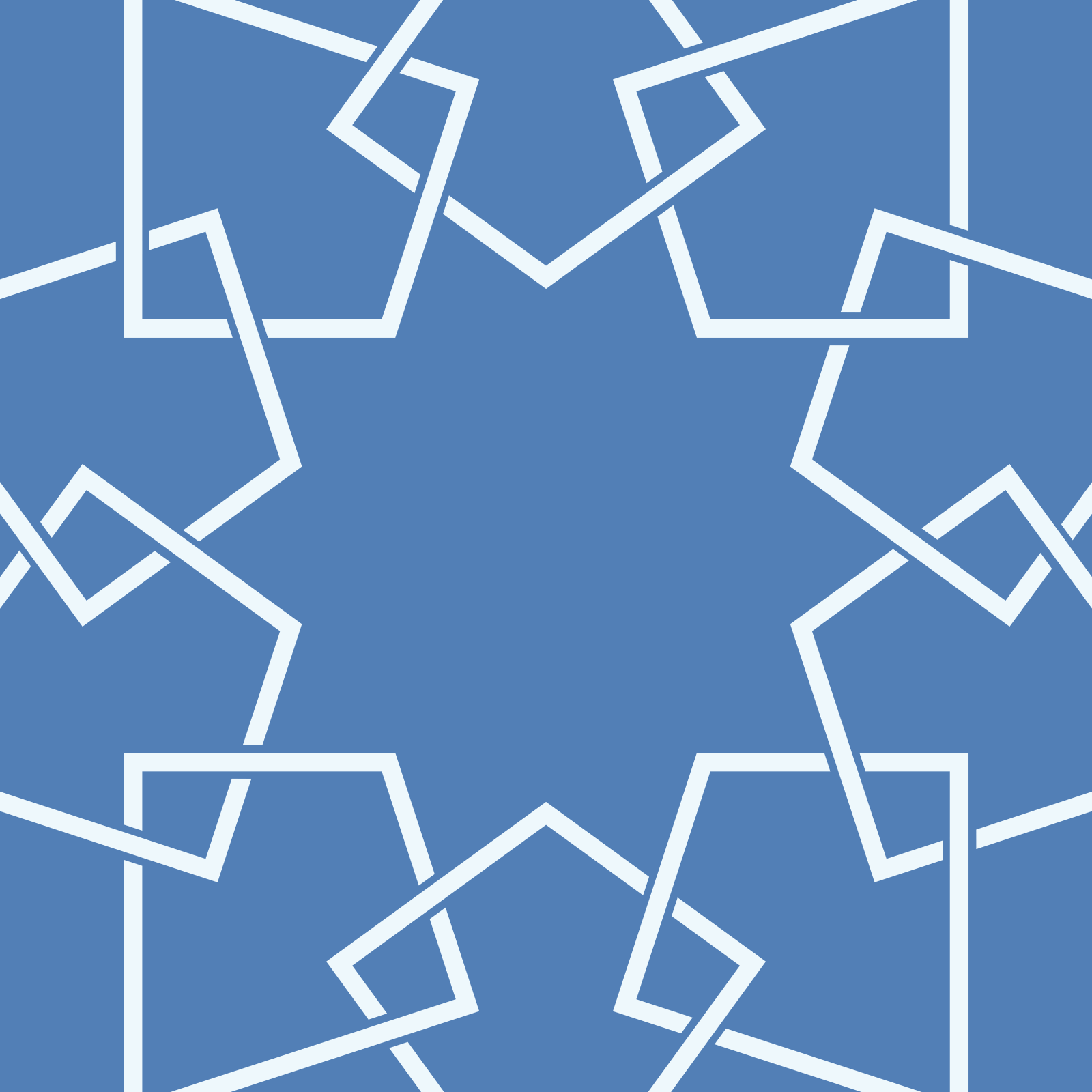Five traditions that make a Balkan Ramadan so unique

Photo: Ramadan Festival poster in Sarajevo
The Bosnian capital of Sarajevo sits at the confluence of the East and the West. It is where Islam, Judaism and Christianity have historically co-existed, and more than 600 years of Muslim history have made the Balkan city an amazing place to observe Ramadan. These five Sarajevan traditions demonstrate why.

Photo: Flag of the Bosnian Muslim community
1. MUKABALA

Photo: After mukabalah and Asr at Gazi Huzrev Beg (GHB) Mosque
“I love Sarajevo in Ramadan, and one of the main reasons is the mukabala put on in mosques all over the city, especially at the main one, the Gazi Huzrev Beg Mosque,” said Elmedin Music, the manager of a backpackers’ hostel in Sarajevo’s Old Town. He loves this uniquely Balkan tradition of reciting the Quran aloud twice a day. His favourite is the mukabala sessions at the Gazi Husrev Beg, where reciters from around the world are invited to take part. In 2017, they came from Saudi Arabia, Iran and Turkey and recited the Quran for more than an hour every day in Ramadan after the fajr and before the asr. The magical scene of people from all walks of life sitting together in reflection inside the stunning Ottoman mosque and its beautiful courtyard is a uniquely Balkan picture of Ramadan.

Photo: Worshippers at the Gazi Huzrev Beg Mosque
2. SOMUN

Photo: A baker baking somun during Ramadan in Bosnia-Herzegovina
“The smell of freshly baked somun at iftar is the smell of Ramadan!” the sweaty baker said to us while pulling out another batch of cross-hatched Bosnian flatbread. Somun is eaten throughout the year as an accompaniment to the national dish cebap (small pieces of salty kofte served with freshly chopped onion or salad).

Photo: Fresh somun. During Ramadan in Bosnia, the somun or flatbread is consumed to begin one’s fast.
However, during Ramadan, somun is consumed to begin one’s fast, which means that bakers across the country work twice as hard during the festive month. Spotting a bakery just before iftar isn’t difficult either; they’re the places with the long queues outside!

Photo: People queueing for somun in front of a bakery
3. EXPLOSIVE FESTIVAL

Photo: Entrance to the Yellow Bastion
Now in its third year, Sarajevo’s Ramadan festival celebrates all that is good about Islam’s holiest month through concerts, lectures, exhibitions and film screenings across the city. These are announced weeks in advance, just before the “Ramzan Mubarak” signs start popping up all over town.

Photo: Cannon fired from the top of the Yellow Bastion to announce iftar
The signature event takes place every evening atop the Yellow Bastion, the 18th-century Ottoman fortress in Jekovac, where a mini-cannon is fired as the sun sets behind Sarajevo’s green hills, signalling the end of the day’s fast, a revival of an old tradition. What makes this an especially beautiful event are the hundreds of Muslims and non-Muslims who arrive every day, iftars in hand, to eat together whilst watching the setting sun, in a wonderful display of religious tolerance and celebration.

Photo: The crowd atop Yellow Bastion waiting for iftar
4. RAMADAN EVENINGS
Those who live in eastern Muslim countries often take the nocturnal festive atmosphere of Ramadan for granted. For us Europeans, besides the occasional glimmer in areas surrounding some of our larger mosques, this is not something we experience during Ramadan. Not in Sarajevo.

Photo: Sheesha after iftar in Ramadan
“As soon as iftar time comes, this place is full!” Mevleddin explained as he sat puffing on a blueberry-and-mint sheesha pipe late into the night. The cruise-ship worker was surrounded by the young and hip of Sarajevo, girls as well as boys, all out to enjoy the late nights of Ramadan.

Photo: Late night coffee shops during Ramadan
Outside, a more mature crowd sat al fresco, drinking coffee and eating eastern sweets while overlooking Sarajevo’s iconic Sebilja. Couples walked past, smiling and hand-in-hand, and children ran ahead of their families chasing pigeons. Somewhere in the distance, an imam began the fourteenth raka of taraweeh. Night had turned into day, and it was like nowhere else in Europe.
5. ATMOSPHERE OF TOLERANCE

Photo: Woman reading the Quran at Gazi Huzrev Beg Mosque
What makes the atmosphere of Ramadan truly special in a place like Sarajevo is the open-mindedness. Once known as “little Jerusalem,” Sarajevo has a mosque, church and synagogue, all within walking distance of each other, reflecting the city’s multi-religious heritage. This is a city used to celebrating and respecting the world’s biggest religious festivals. Unfortunately, the Jewish community is now almost non-existent following the horrors of the Second World War, but the dominant Muslims still share their city with a sizeable Christian and non-religious community

Photo: Iftar at the Yellow Bastion
What makes Ramadan special in Sarajevo is also what makes Christmas or Easter special; in the same way that Muslims embrace and respect Christian festivals, offering and receiving baklava and Christmas cookies from their Christian neighbours, so too do the city’s non-Muslims accept the Quran recitations across the city during Ramadan. They become more mindful of eating outside during the day, and of course, they love iftar invitations. This gives Sarajevo a truly unique European Ramadan atmosphere, one unmatched in the East and in the West.
(This article is written by Tharik Hussain. Tharik is a freelance British Muslim travel writer, journalist, broadcaster and photographer specialising in the Muslim stories of Europe. Hussain’s first ever radio documentary, America’s Mosques; A Story of Integration, has been declared one of the world’s best radio documentaries for 2016. All his work can be viewed at www.tharikhussain.co.uk)
© MySalaam.com 2017 All rights reserved

Tharik Hussain